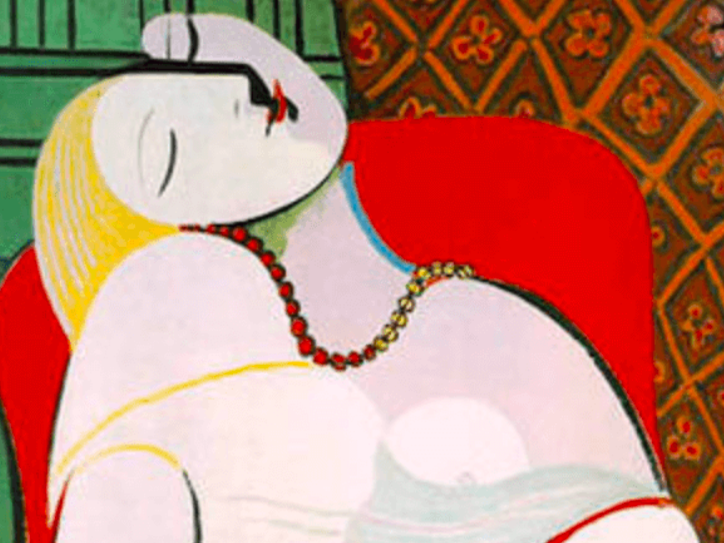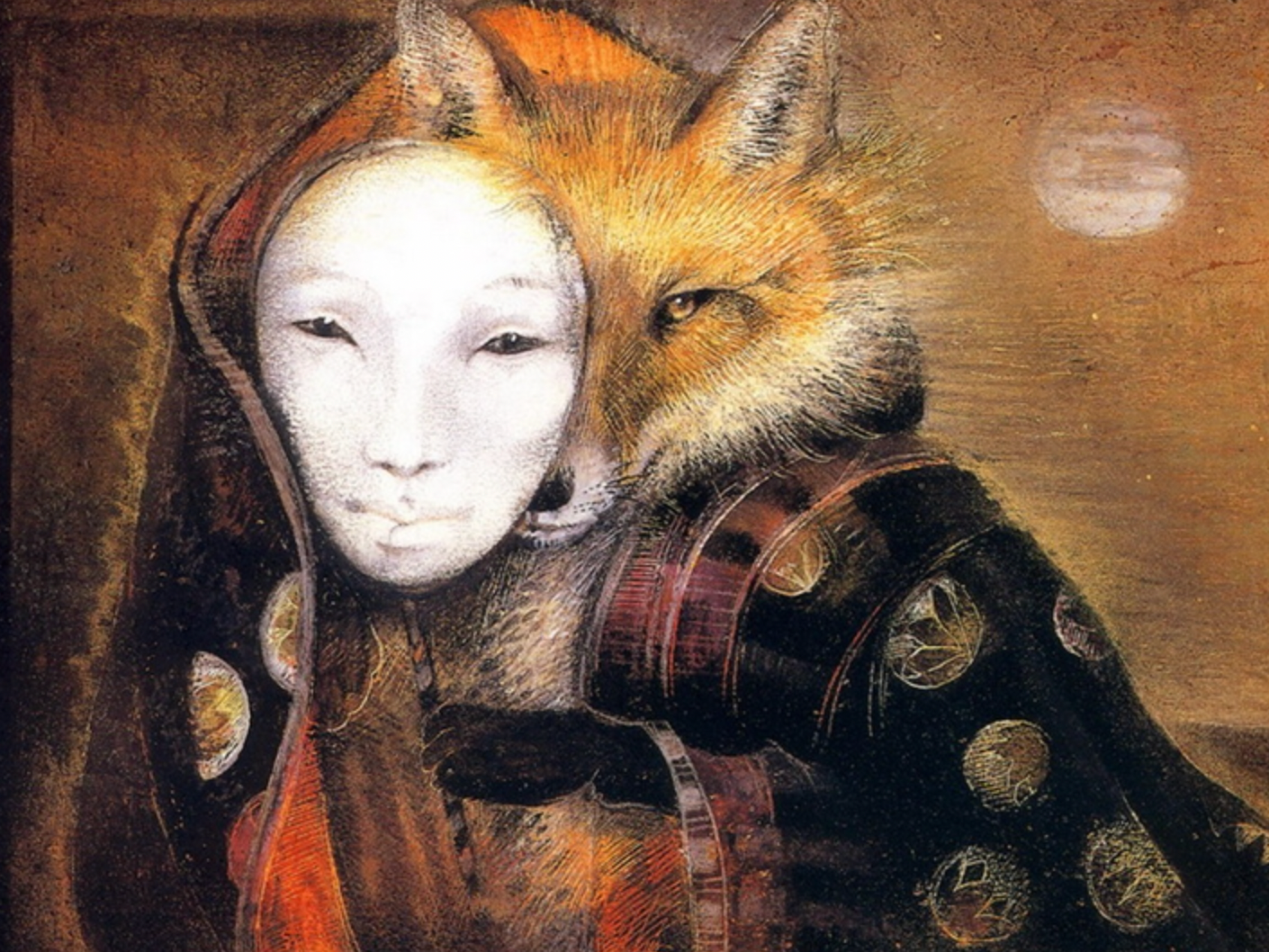Why Do We Sleep?
A talk by neuroscientist Dr. Russell Foster
What is circadian neuroscience and who is Russell Foster? Russell Foster directs the Sleep and Circadian Neuroscience Institute where he conducts research on the biological processes of our 24-hour daily cycle including our sleeping brain. Foster asks what do we actually know about sleep? As it turns out, even though we sleep about one-third of the time, we don’t know a lot about this important part of life.
In this talk, Russell Foster discuses three popular theories about why we sleep. He also busts some myths about how much sleep we really need and suggests that quality sleep is vital for mental health.
And Why Do We Dream?
Dali Dreaming
Dreaming is universal and so is our curiosity about dreams. For thousands of years humans have recorded dreams and wondered about their meaning. Even modern scientists have tried to explain this mysterious phenomena by asking this question – what is the function of dreaming? Why do you think you dream?
Do you problem solve through dreaming?
Or do you process emotions when you dream?
Are you busy consolidating memories while dreaming?
Or do you act out fantasies of unfulfilled desires in your dreams?
Do you dream to rehearse responses to perceived threats?
Or do you think you dream just to keep your brain active through the night? Or perhaps you dream to forget unnecessary information?
It could be we create dreams for a variety of reasons. What do you think?
Educator Amy Adkins and her animator team created this informative video to give a synopsis of seven theories about the function of dreaming offered by modern scientists
Do Your Dreams Help You?
A Talk by Harvard Researcher Dr. Robert Stickgold
Harvard researcher Dr. Robert Stickgold says your sleeping brain is busy weaving together bits of memory like the elves who diligently sewed shoes for the shoemaker as he slept in the old fairy tale “The Elves and the Shoemaker.”
Stickgold’s research reveals that as you sleep your brain goes to work consolidating your daily input with bits of memory in your brain’s vast data bank. This research indicates that the sleeping mind synthesizes immense amounts of information to extract general meaning that is useful to you.
Time spent dreaming increases your ability to creatively connect the dots and solve problems that are important to you. Stickgold’s findings suggest that it’s actually your dream life that does this important work of consolidating vast amounts of mental data and stitching it all together similar to the shoemaker’s elves dilgently at work with their nightly task.
Scientists Dreaming
“Imagination is more important than knowledge. For knowledge is limited to all we now know and understand, while imagination embraces the entire world and all that ever will be to know and understand.” Albert Einstein
It may surprise you but dreams have inspired a number of famous scientists including Einstein and Descartes.
E=mc2 came to Einstein in a dream. Possibly the most famous scientist of all time, Albert Einstein produced one of the most acclaimed scientific theories of all time after he experienced a revelation inspired by a dream.
The famous E=mc2, Einstein’s equation for the theory of relativity, is now synonymous with his name. This theory, among other things, asserts that time travel is possible when energy and mass are equivalent and transmutable. Einstein said this theory was inspired by a dream. In his dream Einstein was hurling down a mountainside. He gazed up at the starlit sky. That’s when he noticed that as he sped faster and faster, approaching the speed of light, the appearance of the stars changed. This dream offered Einstein a unique insight into the nature of the universe and consciousness. Upon awakening, these insights inspired his theory of relativity.
Several hundred years earlier, the scientific method was developed from Rene Descartes’ philosophy of rationalism and the work of philosopher and scientist Francis Bacon. It’s been reported that Rene Descartes credited revelations from dreams for his contributions to the scientific method. The scientific method has provided a foundation for the development of modern science.
“Most so called intuitive discoveries are such associations made in the subconscious.” Otto Loewi
In the 1930s Otto Loewi won the Nobel Prize in medicine for his work on the chemical transmission of nerve impulses. Loewi credited a dream with giving him the design for the experiments that proved his theories.
Fellow Nobel Winner Niels Bohr claimed a dream inspired his discovery of atoms. Bohr reported that one night in a dream he saw the nucleus of the atom with electrons spinning around it like the planets do around the sun. Bohr’s tests soon confirmed the vision he’d received in a dream.
James Watson, co-discoverer of the structure of DNA, said the image for the DNA chain, the double helix, was inspired by his dream of a spiral staircase.
The classic symbol of science, the Table of Elements, was inspired by Russian academic Dmitri Mendeleev’s dream. Mendeleev could not understand or explain the seemingly random properties of the universe and how they elegantly combine to form the building blocks of all matter. The magnificence of this natural phenomenon baffled Mendeleev until one day while napping he had a dream. In his dream Mendeleev saw a vision of the basic elements of the universe flowing together in a manner similar to the progression of a musical sequence, orderly and beautiful. After awakening, Mendeleev outlined in order every single element from his dream. This sequence of elements became known in chemistry texts as the Periodic Table of Elements.
"Let us learn to dream!” exclaimed Friedrich August Kekule Von Stradonitz to his research colleagues. Kekule, a remarkable figure in organic chemistry, credited dreams with the details of his most famous scientific discoveries in structure theory and particularly benzene structure. Kekule had the theory that the carbon atoms in benzene linked to form the shape of a hexagon. Where did he get this inspired idea? Kekule’s theory came from a dream image of two snakes coming together to form a ring by each taking into its mouth the tail of the other.
In his dreams a Hindu goddess inspired mathematical genius Srinivasa Ramanujan, the subject of the recent film “The Man Who Knew Infinity.” Ramanujan made substantial contributions to the analytical theory of numbers and worked on elliptical functions, continued fractions, the prime number theorem and the infinite series. In 1914 the English mathematician G. H. Hardy recognized Ramanujan's unconventional genius and invited him to Cambridge University where Ramanujan worked for five years producing startling results. In his life time he proved over 3,000 theorems.
According to Ramanujan, inspiration and insight for his work came many times in dreams starring a colorful Hindu goddess named Namagiri. The goddess would present mathematical formulas to Ramanujan that he would verify after waking. Ramanujan describes one instance of Namagiri‘s assistance:
“While asleep, I had an unusual experience. There was a red screen formed by flowing blood, as it were. Suddenly a hand began to write on the screen. That hand wrote a number of elliptic integrals. They stuck to my mind. As soon as I woke up, I committed them to writing.” Such dreams often repeated themselves and Ramanujan claimed the connection between his life’s work and the dream world was constant throughout his life. No doubt Ramanujan would agree with his fellow scientist Kekule on the other side of the world who said, "Let us learn to dream!”
"Logic will get you from A to B. Imagination will take you everywhere." Albert Einstein









